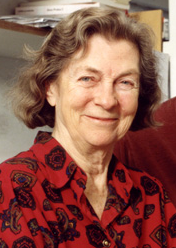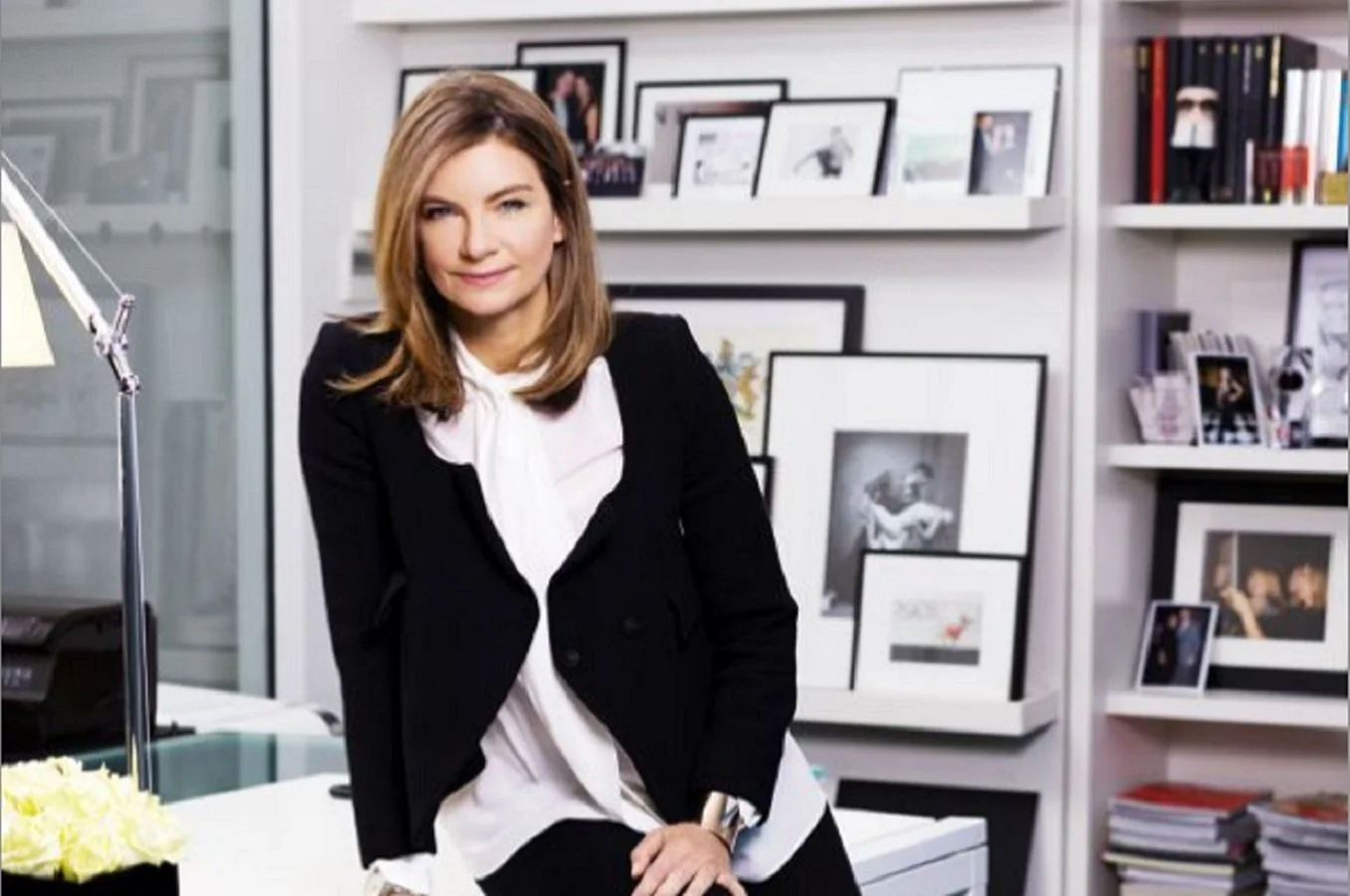IVF Pioneer, Anne Laura Dorinthea McLaren was born in London on 26 April 1927. Anne spent her childhood between the family's homes in London and Bodnant, Wales, and was educated at Longstow Hall, Cambridgeshire. She won a scholarship to study Zoology at Lady Margaret Hall, Oxford University. During this time she developed an interest in genetics and evolution. She obtained her doctorate studying viruses in mice.In 1952, Anne married fellow student, Donald Michie. They worked together at University College London (UCL) and then at the Royal Veterinary College from 1955-1959. There, they worked on embryo transfer and implantation - culturing mice embryos in test tubes and obtaining live young after placing them in the uterus of a surrogate mother - techniques that ultimately led the way to the development of human in vitro fertilisation (IVF). During this period, the couple had three children, Susan, Jonathan and Caroline. (Donald also had a son Chris from a previous marriage.) In 1959 they divorced but remained close friends and continued to take family holidays together.
"When I was young I never thought of myself as a woman scientist, just as a scientist, and as a woman."
After the divorce, Anne and Donald both moved to Edinburgh, where for the next 15 years Anne continued her work on mammalian fertility and embryo transfer techniques at The Institute of Animal Genetics. The pressures of pursuing a career and providing her children with a stable and happy home environment led Anne to become a strong advocate of more government assistance towards childcare. In 1974 she became the director of the Medical Research Council mammalian development unit at UCL until her official retirement in 1992, when she she became principal research associate at The Wellcome Trust in Cambridge, a position she held at the time of her death.
In 1974 she became the director of the Medical Research Council mammalian development unit at UCL until her official retirement in 1992, when she she became principal research associate at The Wellcome Trust in Cambridge, a position she held at the time of her death.
"There was no statutory maternity leave, we just had children and got on with things as best we could."
During her career she was the author of two books that became classics in the field, and more than 300 scientific papers. She was a great communicator with a flair for explaining scientific concepts simply to non-scientific audiences. She also wrote papers on the ethics of IVF which contributed to the legal framework that later developed. On the ethics of the right to the embryo, she said: "When the embryo is outside the woman's body, genetics tells us that father and mother have equal rights. When the embryo is inside the body, physiology tells us that the woman's right is paramount."She was renown for her warm hospitality, was an engaging lecturer and inspired many young scientists. Anne received numerous scientific honours and in 1993 was made Dame of the British Empire (DBE).When speaking as president of the Association for Women in Science and Engineering she once said "When I was young I never thought of myself as a woman scientist, just as a scientist, and as a woman. There was no statutory maternity leave, we just had children and got on with things as best we could."Tragically, in July 2007 at the age of 80 (while still actively contributing to the field of science that she loved) she and Donald were killed in a car accident when travelling together from Cambridge to London. They are survived by their children and grandchildren. Sadly missed by their family, friends and colleagues, a beautiful and moving booklet of remembrance was created to celebrate their extraordinary lives, and their scientific and personal achievements.The Anne McLaren Memorial Fund was set up in her name to endow an annual event or support a scholar in a relevant field of study. The Anne McLaren Fellowship at The University of Nottingham supports female researchers in STEM subjects.

